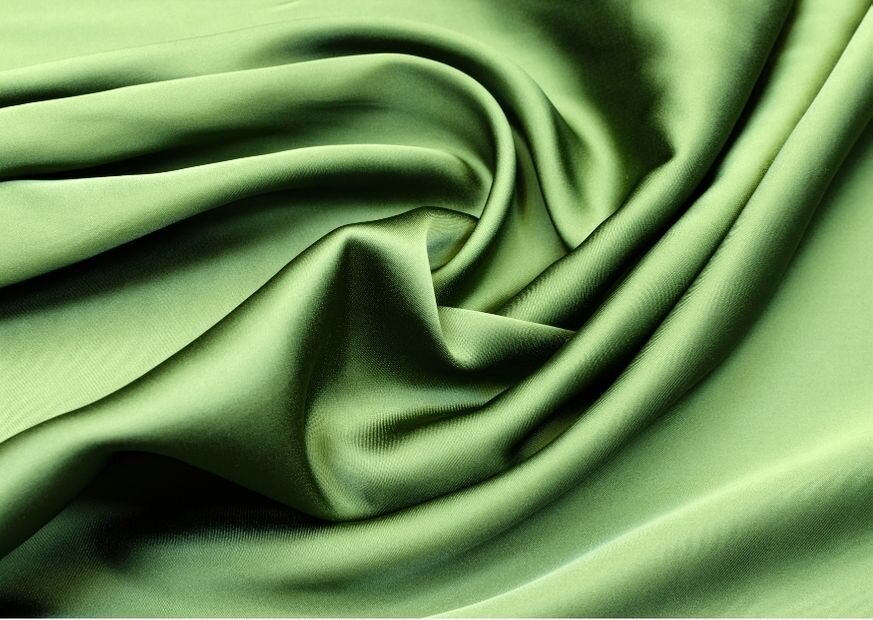New Bamboo Clothing Blog
Wiki Article
Why Are The Base Layers Of Yak Wool Effective For Winter Sports Apparel In Terms Of Temperature Regulation, Warmth In Addition To Moisture Management, The Durability And Comfort?
Base layers made of yak merino are ideal for winter sportswear because of their mix of characteristics that increase comfort, warmth, and temperature regulation. ease of wearing.
Insulating Properties - Yak and Merino both have natural insulating qualities. Yak, thanks to its hollow filaments traps the air and provides excellent warmth. Merino too is well-known for its insulation.
Regulates the Body Temperature - The combined fabric regulates body's temperature, capturing heat when it is cold, while allowing air move through to ensure that you don't overheat when you're doing intense activities.
Moisture Management-
Merino Wool's moisture wicking properties draw moisture from your skin and disperse, keeping sweat out. Yak wool aids in transferring moisture as well, keeping wearers comfortable and dry when exercising hard.
Comfort-
Softness It is a soft material. Merino is known for its fine, soft fibers which are kinder to the skin. The combination of soft fibers from yak, also known as merino wool, improves the comfort of your skin.
Odor resistance- Both types are antimicrobial and ensure that your clothing stays fresh by reducing the growth of bacteria.
Durability-
Strength and Resistant- Yak Wool is durable in nature. Once combined to the resilient Merinowoo, the fabric will become strong and resistant and suitable for intense sports.
Natural Fiber Benefits-
Renewability - Yak and merino wool are renewable and biodegradable fibers, which makes them environmentally green options.
The wool's natural properties allow wool to adjust to various conditions of weather and perform in dry and moist conditions.
Combining yak wool and merino makes it possible for a garment to be made that is robust and warm and also regulates temperatures and controlling moisture. This makes yak and merino wool bases layers ideal for winter sportswear. They are designed to meet the demands of outdoor activity in cold climates while maintaining the wearer dry and warm. See the best merino wool base layer advice for blog info including merino wool long underwear, lightweight merino wool base layer, 400g merino wool base layer, smartwool 250 base layer bottoms, merino base layer womens, merino wool ski base layer, merino wool base layer mens, wool long underwear women's, ski thermals womens, merino wool leggings mens and more.

What Are The Advantages From Bamboo Clothes?
Thermal RegulationBamboo clothing comes with numerous advantages, such as UV protection, biodegradability and environmental impact.
Bamboo fabric is a great insulation material that offers warmth in winter, while being air-conditioned. It helps regulate body temperature by retaining warmth in cooler temperatures and permitting ventilation during exercise to stop overheating.
UV Protection-
UV Resistance - Bamboo fabric provides natural protection from harmful ultraviolet radiation. It can provide an additional layer to protect against sun exposure by blocking an extensive amount of UV rays.
Biodegradability-
Bamboo clothing is biodegradable and will break down organically by the end of its lifecycle, leaving no toxic remnants. Bamboo clothing also doesn't contribute to the creation of pollution. This feature reduces waste and the environmental impact of discarded clothes.
Environmental Impact-
Sustainability- As a natural material bamboo is incredibly sustainable. It can grow rapidly and abundantly, without pesticides or chemical fertilisers. This reduces the environmental impact caused by cultivation. Its rapid growth makes it a sustainable resource.
Low Water Usage- Bamboo uses less water compared to other crops, like cotton, making it more water-efficient. This is a major factor in conservation efforts and decreases strain on water resources.
Soil Conservation
Soil Health- Bamboo cultivation generally does not deplete soil nutrients or require extensive irrigation, leading to better soil conditions and lessening the need for damaging agricultural practices.
Carbon Sequestration
Carbon Absorption Bamboo plants are able to absorb more CO2 and release more oxygen than other plants. This property supports efforts to reduce carbon emissions as well as combat climate change.
Bamboo clothing is a fantastic option for those looking to wear clothing that is durable and functional. These characteristics are in sync with eco-friendly practices that provide benefits to wearers as well the environment. Check out the top rated bamboo clothings info for website info including bamboo hoodie women's, bamboo jacket, carter's bamboo pajamas, bamboo hoodie women's, bamboo sweatpants, bamboo cotton shirts, shakuhachi clothes, bamboo jeans, bamboo activewear, dixxon bamboo shirt and more.

How Do Bamboo And Merino Clothing Compare With Regular Wool?
Merino wool layers, bamboo clothing, and regular wool possess distinct features that distinguish them from other wools. Merino Wool
Merino wool's fine fibers are soft, and it feels good against the skin. It's less likely cause irritation or itching than wool that is more traditional.
Moisture-Wicking Merino wool is a great fabric with moisture-wicking properties that draw moisture away from the skin while allows it to evaporate and keep the wearer dry and comfortable.
Merino Wool is a great insulation that offers warmth even when it is wet. It regulates body temperature as it provides insulation and airflow to avoid overheating during exercise.
Odor Resistant- It stops the growth of bacteria which produce the odor. It also keeps your clothing fresh after extended wear.
Bamboo Clothing
Softness - Bamboo clothing has a silky, soft touch which is often compared to cashmere or silk. It's soft on the skin, giving a luxurious feel.
Bamboo fabric is a moisture-wicking fabric that pull moisture away from your body, keeping it dry during your workout.
Temperature Regulation- Bamboo clothing has natural temperature-regulating abilities, offering warmth in winter and breathability to prevent overheating.
Sustainability - Bamboo is a resource which is renewable and can grow very quickly without using pesticides. It is biodegradable.
Regular Wool
Texture - The texture of wool may differ, some being coarser than others, and more likely to cause itching or discomfort.
Warmth- Regular Wool offers excellent insulation as well as warmth, although it may feel large and heavy at times.
Wool can absorb moisture. This makes it less efficient at moisture wicking when compared with merino, bamboo, or other textiles. It still retains warmth when damp.
Merino's advantages include softness, moisture-wicking ability and resistance to odor and insulation. Bamboo clothing offers a silky texture, wicking capabilities, temperature regulation and long-term sustainability. Wool comes in many textures and does not always have the same softness and moisture-wicking abilities as bamboo and merino, but still offers warmth and insulation. Each material has its own advantages which cater to various needs and preferences for winter clothes. See the top merino winter clothing for more info including merino wool long underwear women's, airblaster merino ninja suit, smartwool base layer mens, merino wool undershirt, best thermal underwear for skiing, merino 250 base layer, merino base layer, wool thermal underwear, merino long underwear, ski base layer mens and more.
